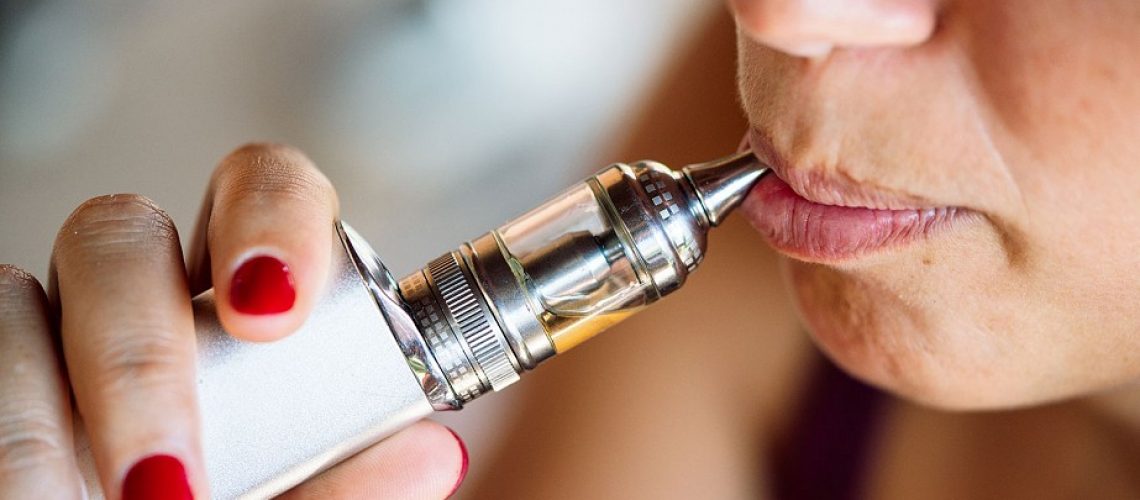Agencies continue their investigation into the underlying cause of electronic cigarette/vaping-associated lung injury.
The Centers for Disease Control and Prevention (CDC) and the Food and Drug Administration (FDA) continue to investigate the underlying cause of electronic cigarette/vaping-associated lung injury (EVALI).
In order to assist public health response in recognizing and treating EVALI, the CDC and FDA have developed a framework to aid clinicians with an initial assessment, evaluation, management, and follow-up. The quicker the injury is recognized and treated, the better mortality and morbidity are reduced.
EVALI does not have a test that confirms the diagnosis. All potential diagnoses are eliminated to identify this condition. If EVALI is suspected, it is important to obtain the patient’s history regarding substance use, as well as electronic cigarette usage.
Clinical Evaluation
The physician should look for cough, chest pain, and shortness of breath. Some patients have presented with abdominal pain, nausea, vomiting, and diarrhea. And other patients have complained of fever, chills, and weight loss.
Physical Examination
The physician should begin with vital signs and pulse oximetry. EVALI patients presented with oximetry < 95 percent on room air, as well as tachycardia and tachypnea. The respiratory auscultation has been unremarkable.
Laboratory/Imaging Testing
The laboratory tests that have been positive in EVALI patients include white blood cell (WBC), C-reactive protein, erythrocyte sedimentation rate (ESR), and liver transaminases. Other laboratory testing should be guided by the patient’s presentation and history. The patient should be tested for influenza and other opportunistic infections. A provider may consider (with the patient’s consent) a urine toxicology test to determine tetrahydrocannabinol (THC) usage. A chest X-ray (CXR) should be completed, especially if the patient has a history of electronic cigarette usage. A chest CT is not required but should be considered on a case-by-case basis. The chest CT may be helpful in the diagnosis of pulmonary embolism or pneumonia.
Specialists/Consultants
A pulmonologist may be consulted to perform a bronchoalveolar lavage (BAL) or bronchoscopic lung biopsy. The specimen may be tested for respiratory infections. The benefit of lung biopsy with the staining of the specimen has not been proven to date. Depending on the severity of the patient’s respiratory distress, critical care specialists may be consulted. In some cases, EVALI patients were intubated and placed on a mechanical ventilator. Other specialists, depending on the patient’s history or presentation, include addiction specialists, psychiatrists, infectious disease specialists, etc.
Patient Management
Almost all EVALI patients have been admitted to the hospital. Patients with pulse oximetry < 95 percent on room air, respiratory distress, and other conditions that impact the patient’s respiratory function should be admitted. These patients have developed rapidly worsening respiratory conditions within 48 hours. Outpatient management of suspected EVALI patients should be considered on a case-by-case basis.
Treatment
Corticosteroids have been a treatment for EVALI patients. Corticosteroids should be held until the infection workup has been completed. Infections must be evaluated, as the influenza season started on Oct. 1. The problem regarding treatment is that the natural progression of the disease has not been identified, so investigators are unsure if the patients would improve without corticosteroids. Patients who were older than 50 were more likely to be intubated or mechanically ventilated.
At-Risk Population
The patients who are at risk include those who are older, have a history of cardiac/lung disease, or who are pregnant.
Follow-Up Required
EVALI patients should follow up one to two weeks after discharge. The post-discharge visit should include pulse oximetry and chest X-ray. Patients who were treated with high-dose corticosteroids may require follow-up with an endocrinologist. Patients who require home oxygen may require ongoing follow-up with a pulmonologist.
Conclusion
According to the Mortality and Morbidity Weekly Report of Oct. 22, the source of EVALI is still unknown. The risk of relapse or aftereffects of EVALI is not known at this time. The CDC is recommending that people not use an e-cigarette or vaping products containing THC. Ultimately, the CDC recommends that no e-cigarette or vaping products be used until the origin of lung injuries is known.
——————————————————
Photo courtesy of: ICD10 Monitor
Originally Published On: ICD10 Monitor
Follow Medical Coding Pro on Twitter: www.Twitter.com/CodingPro1
Like Us On Facebook: www.Facebook.com/MedicalCodingPro







